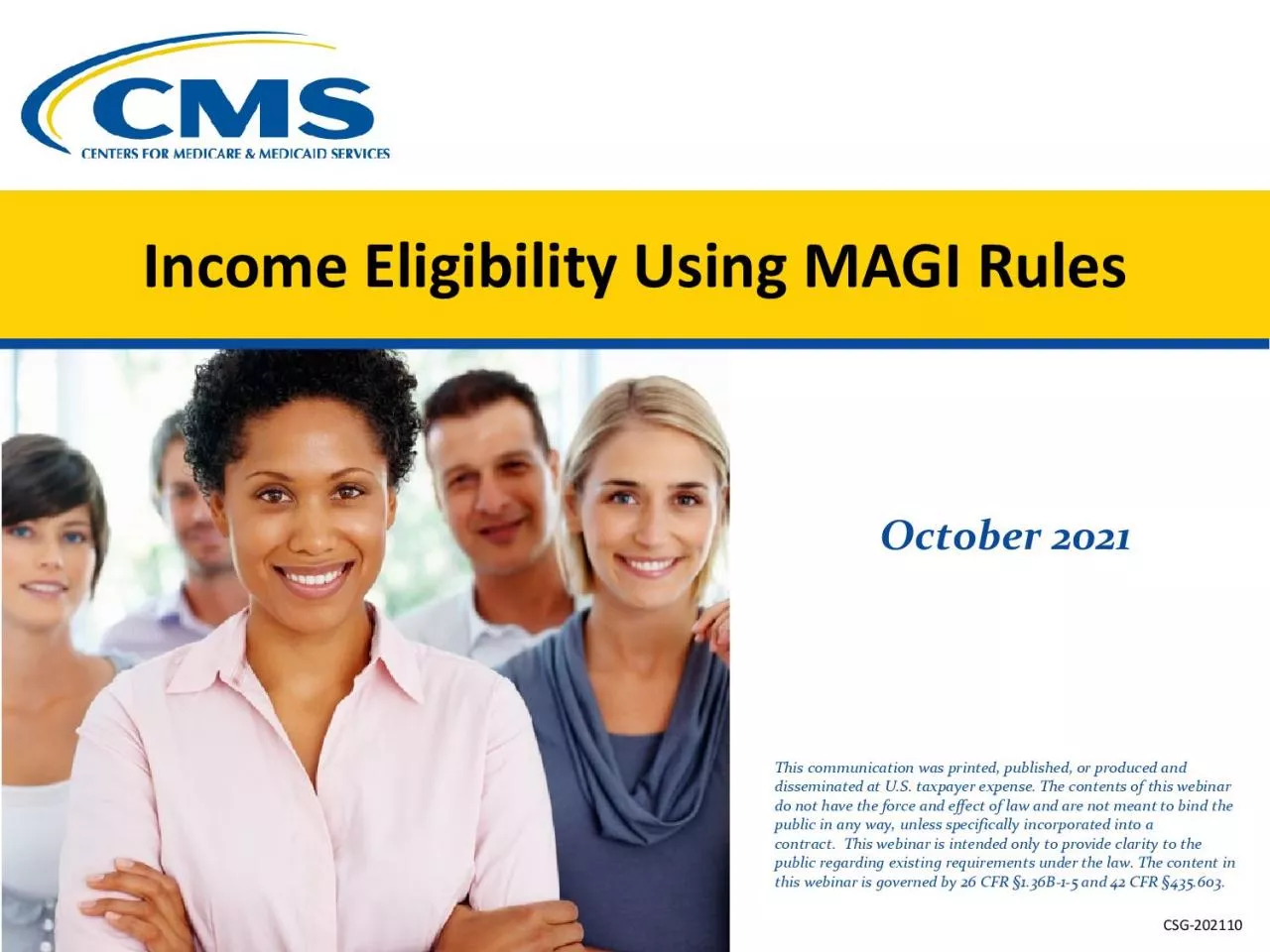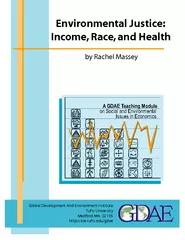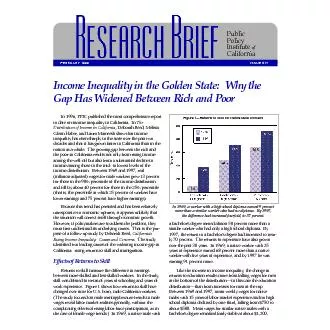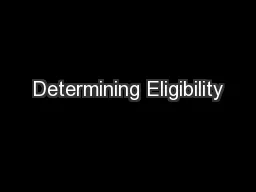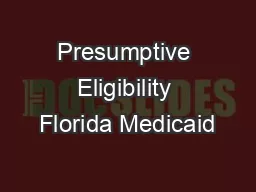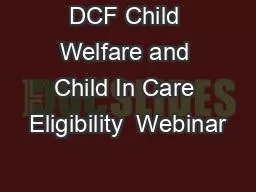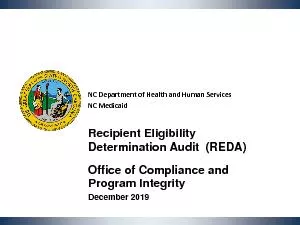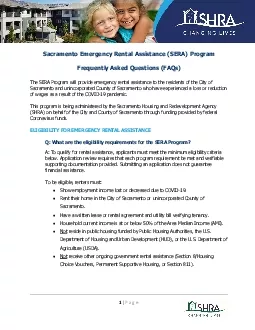PDF-ncome Eligibility
Author : danya | Published Date : 2021-06-19
sing Modified Adjusted Gross Income MAGI Rules July 15 2020The information provided in this document is intended only to be a general informal summary of technical
Presentation Embed Code
Download Presentation
Download Presentation The PPT/PDF document "ncome Eligibility" is the property of its rightful owner. Permission is granted to download and print the materials on this website for personal, non-commercial use only, and to display it on your personal computer provided you do not modify the materials and that you retain all copyright notices contained in the materials. By downloading content from our website, you accept the terms of this agreement.
ncome Eligibility: Transcript
Download Rules Of Document
"ncome Eligibility"The content belongs to its owner. You may download and print it for personal use, without modification, and keep all copyright notices. By downloading, you agree to these terms.
Related Documents

